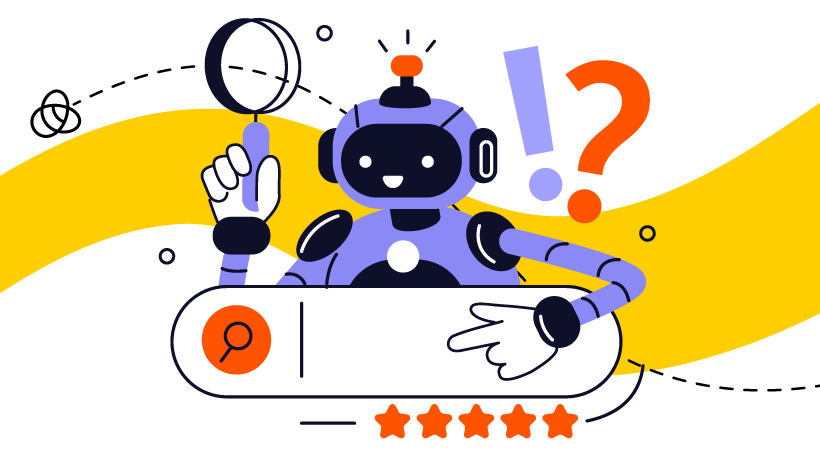From SEO to AI Optimization: How Search is Changing in 2025
A New Era of Search
In the early days of the internet, search engines like Google helped us find websites. To appear at the top, businesses used SEO (Search Engine Optimization). But in 2025, things are changing fast. Now, AI tools like ChatGPT, Gemini, and Perplexity are changing how people search.
Instead of typing keywords into Google and clicking links, users now ask AI questions and get direct answers. This shift is giving rise to a new strategy called AI Optimization (AIO). In this blog, we’ll explain what AIO is, how it’s different from traditional SEO, and what you can do to prepare for the future.
What is SEO?
SEO stands for Search Engine Optimization. It’s a way to improve your website so it ranks higher on search engines like Google, Bing, and Yahoo. SEO uses techniques like:
- Adding keywords to your content
- Getting backlinks from other websites
- Improving website speed and mobile friendliness
- Creating good content people want to read
SEO helps people find your website through search engines.
What is AI Optimization (AIO)?
AI Optimization is the process of making your content ready for AI tools that answer questions. These tools don’t show a list of websites. Instead, they give one clear answer based on what they learned from lots of data.

In AIO, your goal is to make sure the AI picks your content as the answer. This means you must focus on:
- Relevance: Does your content answer real questions?
- Trust: Is your content from a trusted source?
- Structure: Is your content easy for AI to understand?
Key Differences Between SEO and AIO
SEO:
- Focuses on getting higher rankings in search engines
- Uses keywords and backlinks
- Aims for users to click links to websites
AIO:
- Focuses on being the answer AI tools provide
- Uses trustworthy sources and structured content
- Aims to be seen in AI-generated summaries
Why SEO Alone is Not Enough in 2025
Search engines are still important, but AI tools are becoming the first place users go for information. Here are a few examples:
- People ask ChatGPT for travel ideas instead of searching on Google
- Students use Perplexity to summarize articles
- Shoppers ask Gemini for product suggestions
This means if your content isn’t seen by AI, your business may be invisible to users.
Also Read: GEO Takes Over: SEO for the Age of ChatGPT and AI
How to Optimize for AI Tools (AIO Best Practices)
Focus on Relevance
AI looks for content that truly answers the user’s question. Your content should:
- Be clear and informative
- Use headings and bullet points
- Include real data, examples, and explanations
Build Trust and Authority
AI tools prefer reliable sources. To build trust:
- Get featured in high-authority websites like Forbes, WebMD, or TechCrunch
- Include expert quotes or references
- Avoid misleading or clickbait content
Use Structured Data
Structured data helps AI understand your content better. You should:
- Add schema markup to your website
- Use clear headings (H1, H2, H3…)
- Include product specs, FAQs, and tables when possible
Be Present Across Platforms
AI tools gather info from everywhere. You must:
- Get positive reviews on sites like Reddit, Trustpilot, and Google Reviews
- Be active on social media
- Create videos, blog posts, and podcast mentions
Update Content Regularly
AI values fresh information. Keep your content up to date:
- Review and refresh blog posts every few months
- Remove outdated stats
- Add new insights or examples
Click here to Read more



Comments
Post a Comment